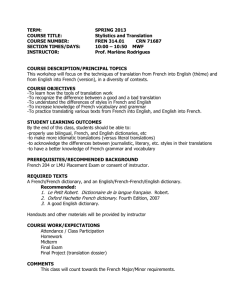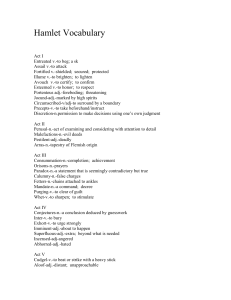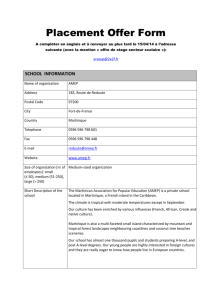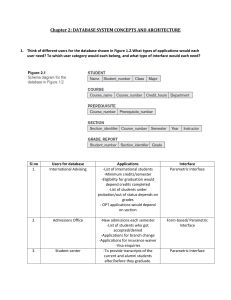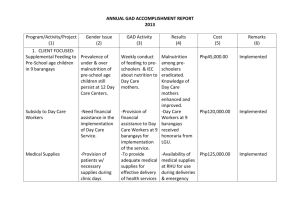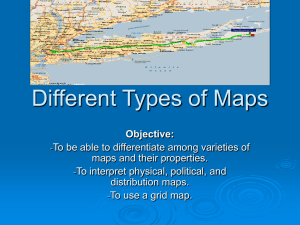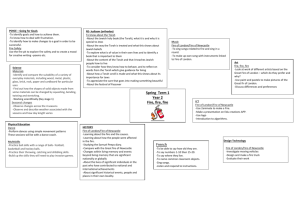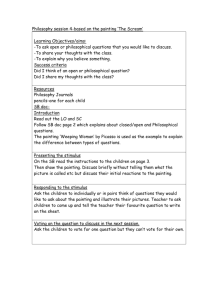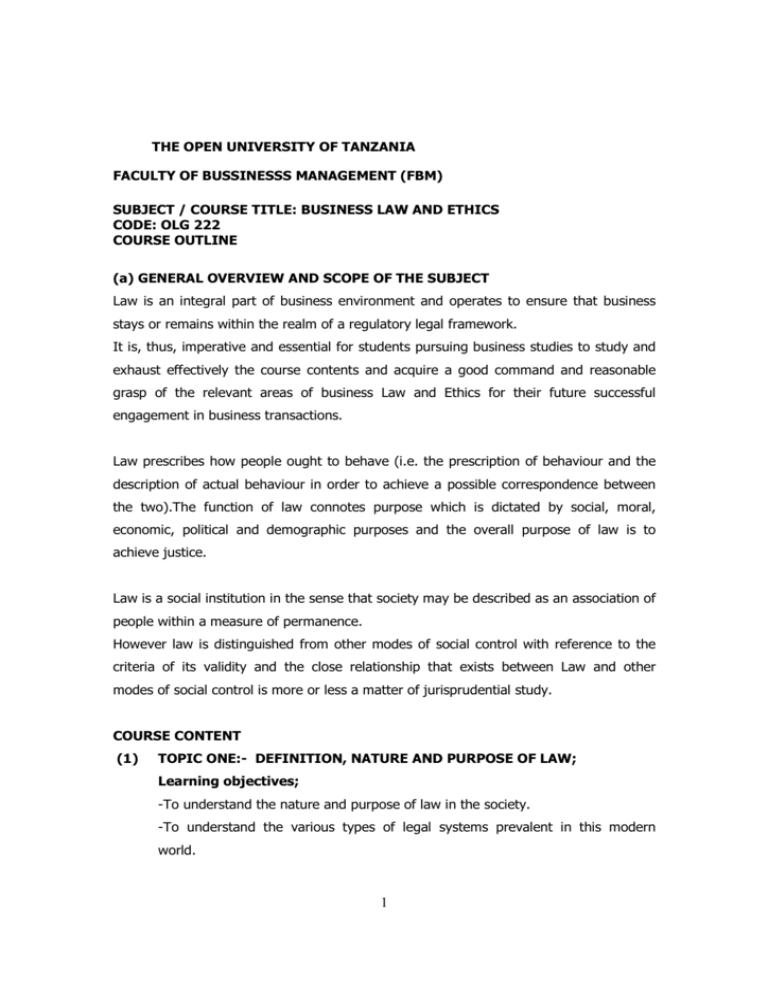
THE OPEN UNIVERSITY OF TANZANIA
FACULTY OF BUSSINESSS MANAGEMENT (FBM)
SUBJECT / COURSE TITLE: BUSINESS LAW AND ETHICS
CODE: OLG 222
COURSE OUTLINE
(a) GENERAL OVERVIEW AND SCOPE OF THE SUBJECT
Law is an integral part of business environment and operates to ensure that business
stays or remains within the realm of a regulatory legal framework.
It is, thus, imperative and essential for students pursuing business studies to study and
exhaust effectively the course contents and acquire a good command and reasonable
grasp of the relevant areas of business Law and Ethics for their future successful
engagement in business transactions.
Law prescribes how people ought to behave (i.e. the prescription of behaviour and the
description of actual behaviour in order to achieve a possible correspondence between
the two).The function of law connotes purpose which is dictated by social, moral,
economic, political and demographic purposes and the overall purpose of law is to
achieve justice.
Law is a social institution in the sense that society may be described as an association of
people within a measure of permanence.
However law is distinguished from other modes of social control with reference to the
criteria of its validity and the close relationship that exists between Law and other
modes of social control is more or less a matter of jurisprudential study.
COURSE CONTENT
(1)
TOPIC ONE:- DEFINITION, NATURE AND PURPOSE OF LAW;
Learning objectives;
-To understand the nature and purpose of law in the society.
-To understand the various types of legal systems prevalent in this modern
world.
1
-To understand the concept of normativity of law and the relationship between
state and law.
-To understand the sources of law applicable in the legal system of Tanzania.
-To understand the court system of Tanzania and the nature of its operations.
Sub topics
- Nature and definition of law.
- Normativity of law.
- The relationship between state and law.
- The legal system of Tanzania.
- The sources of law in Tanzania.
(2)
TOPIC TWO:
THE NATURE OF CONTRACTUAL OBLIGATIONS AND THE ESSENTIAL
ELEMENTS OF A VALID CONTRACT.
Learning objectives;
-To understand the possible remedies resulting from the breach of contract.
-To understand the nature of equitable remedies in a contractual transaction.
-To understand the nature of contractual obligations and the prerequisites for its
formation, performance and discharge.
Sub topics
-Elements of a valid contract.
-Tests of enforceability.
-Intention to create legal relations.
-Privity of contract.
-Capacity to contract.
-Exemption clauses.
-Mistakes, misrepresentation, duress and undue influence.
-Illegality.
-Discharge of contract.
2
(3)
TOPIC THREE; THE LAW OF AGENCY;
Learning objectives;
-To understand the nature of agency and the process of its creation.
-To understand the rights and duties of agents.
-To understand the nature of liability of the agent to third parties.
-To understand the rights and duties of the principal.
-To understand the process of terminating agency.
Sub Topics:
-Creation of agency.
-Rights and duties of the agent.
-Personal liability of the agent to third parties.
-Relationship of the principal with third parties.
-Determination/ termination of agency.
(4)
TOPIC FOUR: THE LAW OF TORTS;
Learning objectives;
-To understand the nature of tortuous liabilities.
-To understand various defenses applicable in tortuous liabilities.
- To understand the nature of the principles of the law of negligence.
-To understand the law of defamation and the possible defenses applicable for it.
Sub topics
-The nature of tortuous liability.
-General defenses
- Joint tort feasors
-Trespass
-Negligence
-Nuisance
-Defamation
-Occupiers liability.
-Vicarious liability.
3
-False imprisonment, malicious prosecution and injurious falsehood.
(5)
TOPIC FIVE:
THE LAW OF PARTNERSHIP;
Leaning objectives;
-To understand the modes of forming a partnership.
-To understand the modes of assigning shares in a partnership.
-To understand liabilities of out going and incoming partners.
-To understand the relationship of partners to third parties.
-To understand the modes of dissolving a partnership.
Sub topics:
-Definition and essentials of a partnership.
-Formation of a partnership.
-Relationship of partners.
-Relationship of partners to third parties.
-Assignment of shares in a partnership.
-Liabilities of incoming and out going partners.
-Dissolution of a partnership.
(6) TOPIC SIX: COMPANY LAW;
Learning objectives;
-To understand the nature of corporate personality and the advantages of
in corporation.
-To understand the necessary documents for the process of incorporation
and how to draft them.
-To understand the modes of allotting shares and their subscription.
- To understand the duties of company promoters and the directors.
- To understand the modes of convening and conducting meetings.
- To understand the modes of borrowing and lending.
4
- To understand different kinds of companies, minority protection and the
process of winding up.
Sub Topics:
-Nature of company and the process of its incorporation.
-Memorandum and articles of association.
-Prospectus and promoters.
-Various kinds of companies.
-Shares, membership and share capital.
-Directors and other managerial personnel.
-Meetings.
-Dividends, Audit and Accounts.
-Borrowing and lending.
-Minority protection.
-The winding up process.
(7) TOPIC SEVEN: SALE OF GOODS AND HIRE- PURCHASE
Learning Objectives;
-To understand the nature of the contract of sale of goods.
-To understand the nature of conditions and warranties applicable in a contract
of sale of goods.
-To understand the process of passing of property and transfer of title.
-To understand the rights of unpaid seller against goods.
-To understand the remedies for breach of contract of sale of goods.
-To understand the nature and definition of Hire-purchases of goods.
-To understand the conditions and warranties on Hire-purchases changes and
the passing of property
Sub Topics:
-Nature, definition and Essentials of a sale of goods.
-Conditions and warranties applicable in the contract for sale of goods.
-The passing of property and transfer of title.
-Rights of unpaid seller against goods.
5
-Remedies for breach of contract of sale of goods.
-The nature and definition of Hire-purchase.
-Conditions and warranties applicable in Hire-purchase agreement.
(8) TOPIC EIGHT: NEGOTIABLE INSTRUMENTS;
Learning objectives;
-To understand the nature of bills of exchange, promissory notes and the cheque.
-To understand the process and modes of assignment and negotiation.
-To understand the nature of liability involved in negotiable instruments.
Sub topics;
-Nature and definition of negotiable instruments.
-Kinds of negotiable instruments.
-Negotiation and liability.
-Presentment.
-Discharge from liability
-Crossed cheques.
(9) TOPIC NINE: COMMON CARRIERS OF GOODS;
Learning objectives;
-To understand the modes of carriage of goods.
-To understand the nature of the contract of affreightment.
-To understand the difference between bill of lading and charter party.
Sub topics:
-Duties of common carriers.
-The contract of affreightment.
-Bill of lading and charterparty
-Ship owner’s lien.
6
(10) TOPIC TEN: INSURANCE LAW;
Learning objectives;
-To understand the purpose of insurance.
-To understand the principles governing insurance Law.
-To understand the nature of reinsurance and double insurance.
-To understand the main kinds of insurance.
Sub topics:
-The nature and purpose of insurance Law.
-The principles of insurance Law.
-Reinsurance and double insurance.
-The main kinds of insurance.
Recommended readings;
1
2
3
Abbot, K et all (2004);
Business Law (7th Edn)
Ashford colour press, London, Uk,
Keenan, D & S. Riches (2006); Smith & Keenan’s
Law for Business (13th Edn) pearson
Longman, London, Uk.
Mwakajinga, J.E.A(2004); Business Law (volume 1) (1st Edn)
Government press Dar es Salaam – Tanzania.
4
Beale, H.G et al (2003); Contract; cases and materials (3rd Edn)
Butterworth, London. Uk,
5.
Treitel G.H (2003);
6
Furmston, M.P (2007); Cheshire, fitoot and Furmston’s Law of
The Law of Contract (11th Edn) Sweet Maxwell Ltd,
London Uk,
Contract (15th Edn) Oxford university press, Bristol, Uk,
7
Davies, p.l
(1999); Gower’s principles of modern company law
(6THEdn) Sweet Maxwell ltd London, Uk,
8
Farrar, J.H; et al (1991);Farrar’s Company Law (3rd Edn) Butterworths,
London .Uk,
9
Kurian , K. D (1987);
Business Law I (BBs 104), college of Adult and
Distance Education. University of Nairobi Kenya
7
10
Kurian , K,D (1991); Business law II (BBS 213) college of Education and
External Studies, Department of Education University
of Nairobi, Kenya
11
Schmitthoff, C.M (1990); Schmitthoff’s export trade; the Law & practice of
InternationalTrade (9th Edn), Stevens & sons
London. Uk.
12
Day, D.M & B. Griffin (1993);The law of International Trade (2nd Edn),
Butterworths London
13
Rogers, W.V.H (2002);
Winfield & Jolowics on Tort: (16th Edn) Sweet &
Maxwell Ltd, London, Uk,
14
Weir, T; (2004);
A casebook on Tort (10th Edn) sweet & Maxwell
Ltd, London UK
8


